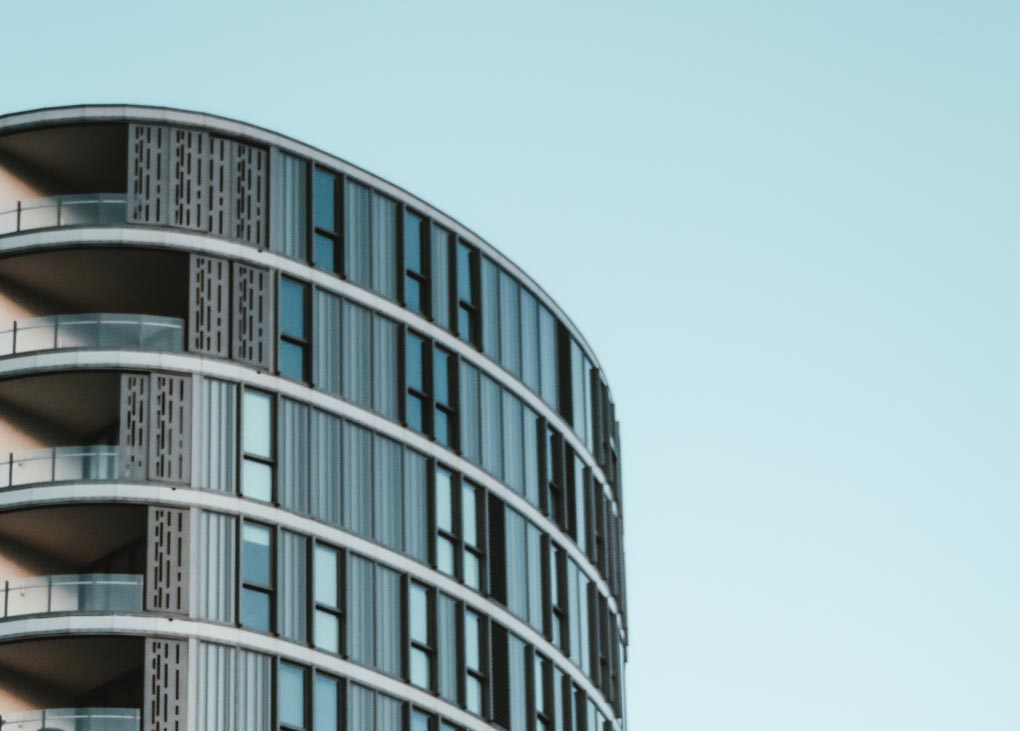NSW has introduced a 7-star energy efficiency rating standard for new homes and renovations costing more than $50,000, as of October 2023.
The new measures extend to large commercial developments and state projects too, which will have to submit a “net-zero statement” showing buildings are either all-electric or can convert to 100 per cent renewable energy by 2035.
NSW Treasurer Matt Kean and Planning Minister Anthony Roberts announced the new rules as part of the state government’s latest sustainable housing state environmental planning policy (SEPP).
The required 7-star Building Sustainability Index rating for new builds and renovations replaces the previous minimum of 5.5-stars, and is the third increase to the standard since it was introduced in 2004.
The government also plans to track greenhouse gas emissions in residential building materials, developing an online calculator to assist people in reporting carbon contained in construction materials. These findings will then inform future policy.
“The policy will enable the NSW Government to collect critical data about building performance and greenhouse gas emissions,” says Kean. “This will inform future benchmarks and ensure NSW keeps pace with the national Trajectory for Low Energy Buildings.”
According to Roberts, the new regulations will contribute to the state’s target of zero emissions by 2050, and set standards for energy, water and thermal performance in new homes.
“We need to ensure the places we live, work and stay in are more comfortable – all while we save people money on their power bills and contribute to our net-zero target,” says Roberts.
Kean says the new standards will deliver “more energy-efficient homes from Bondi to Broken Hill and beyond, with better design, better insulation and more sunlight”.
The changes could result in energy savings of up to $150 per year for an average high-rise apartment residence in suburban Sydney, $720 for new homeowners in western Sydney, and up to $970 for homes in regional NSW.
According to Kean, new commercial developments would also reduce their operating costs.
Revised sustainability measures for new builds were originally outlined in a policy framework draft Design and Place SEPP, developed by former planning minister Rob Stokes. However, Roberts scrapped the framework earlier this year, claiming it was too complicated, costly and placed regulatory burden on developers.
This move was criticised by architect and environmental groups, but was amenable to developer groups and the Property Council. Stokes’ plan included design requirements such as green spaces and bicycle amenities in new developments, and was intended to be a wide-ranging design blueprint guiding contemporary development.
Roberts says the new measures strengthened the sustainability and environmental aspects of Stokes’ original Design and Place SEPP, but the design elements will remain shelved and left to developers’ discretion.
“As the Minister for Planning and Minister for Homes, I remain committed in achieving our emissions targets in response to climate change,” says Roberts. “I didn’t shy away from removing elements that would have made housing even more unaffordable for people across NSW.”



Leave a Reply